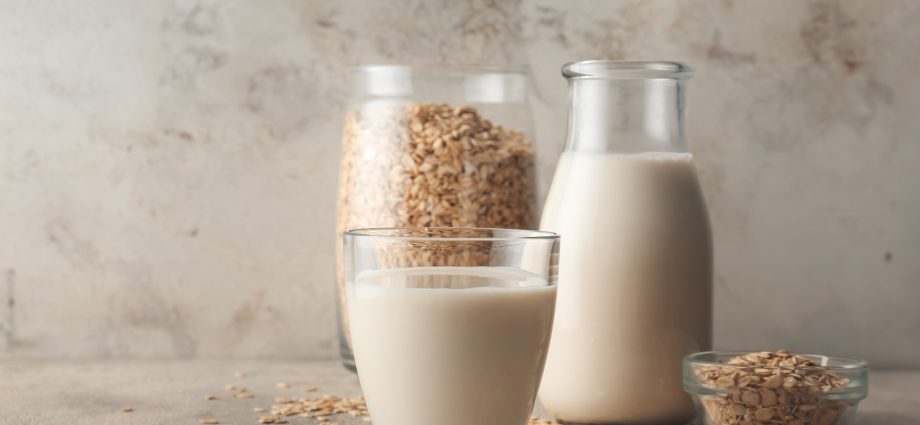TUESDAY, Oct. 10, 2023 (HealthDay News) — You have a lot of choices when buying milk, from the traditional cow variety to some made from plants. But how do these options compare in terms of nutrition?
An expert from Baylor College of Medicine in Houston breaks down the differences.
“If you’re looking for a high-protein product, cow’s milk and soy milk are the best options. If you want something lower calorie that doesn’t need to meet your protein needs, a plant-based product might be the right thing,” said Sarah Mahlke, senior program management associate at Baylor’s Weight Loss and Metabolic Center.
“Maybe you’re just going for taste, which is important too, because at the end of the day, food makes us happy, and that’s a good thing,” Mahlke said in a Baylor news release.
Cow’s milk
Cow’s milk contains calcium, vitamin D, vitamin A, B2 (riboflavin), B12, and minerals such as magnesium, zinc, potassium and phosphorus.
It’s also high in protein, much more so than most plant-based milks. Cow’s milk is also a source of less heart-healthy saturated fats, but skim and nonfat milk provide a less fatty option.
“All of the dairy milks have similar amounts of calcium and vitamin D. Choosing the type of cow’s milk to drink depends on the stage of life that you’re in and what your goals are,” Mahlke said.
Trying to lose weight? Nonfat or skim milk are the best options. A cup of 1% or 2% milk can provide more flavor and creaminess than skim but without the calories of whole milk.
What about children?
A child recently weaned off breastmilk should have whole milk, Mahlke said, because children need fats to grow their brain and calories in their diet.
Some milks are fortified with DHA omega-3 fatty acids, which are the heart healthy oils found in fatty fish.
“DHA is an especially important nutrient for brain development as the brain is about 60% fat by weight. For this reason, a cow’s milk fortified with DHA might be a good option to give a 1-year-old after weaning from breast milk or formula,” she said.
Mahlke advises against drinking raw or unpasteurized milk due to food safety concerns.
Soy milk
Soy milk, another option, stands out for its protein that is comparable to cow’s milk and fortification with calcium and vitamin D.
“In order to be labeled as a vitamin D-fortified milk, there are minimum and maximum amounts that must be added to the product, so any milk product labeled as ‘fortified with vitamin D’ will have similar amounts,” Mahlke said. “For any plant-based milk, it’s important to check the package and label to make sure you are receiving the benefit of these added nutrients.”
Soy milk is sold sweetened or unsweetened. Choose unsweetened soy milk to minimize your added sugar intake.
Some research suggests that phytoestrogens, which are compounds found in soy products, are associated with a lower risk of premature death.
Almond milk
Almond milk delivers fewer calories than cow and soy milk, but that’s because it has little protein and carbohydrates if it’s not sweetened.
This milk contains vitamin E and small amounts of unsaturated fat, which are heart healthy. Some almond milks are fortified with calcium and vitamin D.
Almond milk also contains arabinose, a type of carbohydrate, shown to improve metabolic syndrome in rodents. Choose unsweetened to avoid extra sugar.
Unfortunately, the nutritional content of whole almonds does not fully translate over to nut milks, Mahlke explained, noting certain nutrients and fiber are removed during processing.
Yet this might be the right milk for someone with chronic kidney disease who needs to avoid the high amounts of potassium and phosphorus found in soy, oat and cow’s milk.
Oat milk
Oat milk offers more protein than almond milk, but not as much as either soy or cow’s milk. It may be fortified with vitamin D and provide calcium, like other plant-based milks.
Oat contains a compound known as β-Glucan, which is associated with improved blood sugar and insulin resistance. But phytates in oat milk bind to calcium and reduce its absorption.
When shopping for plant-based milks, check the nutrition facts to learn the number of grams of added sugar.
More information
The World Health Organization has more on a healthy diet.
SOURCE: Baylor College of Medicine, news release, Oct. 4, 2023
Copyright © 2025 HealthDay. All rights reserved.

